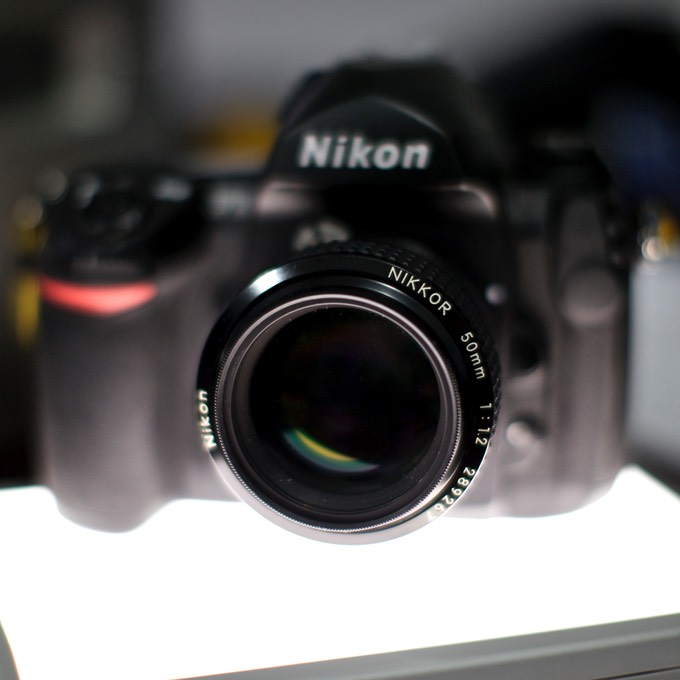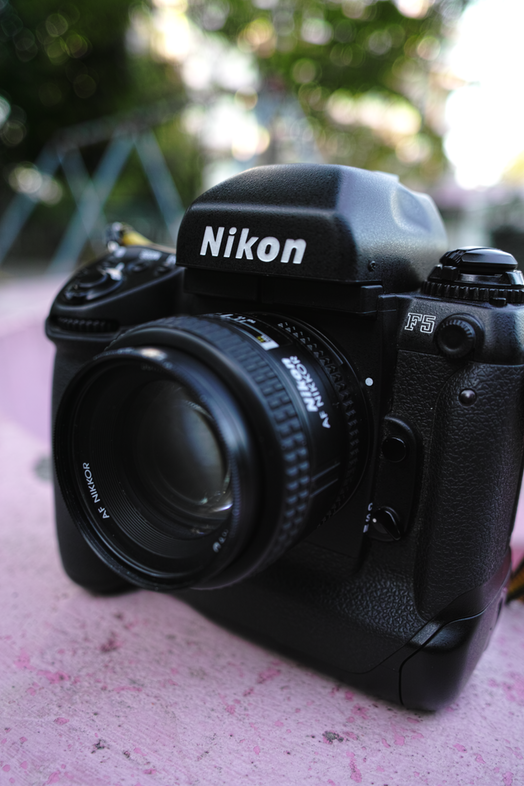In every walk of life it seems, there are classic "religious" arguments about who is the best at something. It could be Coke versus Pepsi, Ford versus GM, Apple versus Android - the list can go on forever. For mainstream photography, it is Canon versus Nikon.
Because I like to tweak people who hold irrational belief and want to convert everyone to their way of thing, I thought I should have an opinion on this particular argument. Like any good rebuttal the real answer to "which is better" is - well - "it depends". So maybe I nee dot lay out what I believe are the respective pluses and minuses.
1. NIKON
Nikon was the professional camera of choice during the film days. They have made some extraordinary film cameras from the legendary Nikon F and F3 cameras to the truly amazing Nikon F6. They are robust, incredibly well made, intuitive and brilliant for the function they were designed for. At the end of the day though, the camera itself is just a light tight box intended to hold a film and allow you to find that film on. The real gem is the lens system that goes with the the body. Nikon has always made great lenses and the Ai and AiS lenses made for the film cameras are some of the best lenses ever made. The Nikkor 50mm F1.2 AiS lens can stand up and be counted amongst great the glass from Leica and Zeiss - it is simply that good.

The Nikon F3 with the amazing 50mm F1.2 AiS lens

The Nikon F6 - also sporting that amazing lens

The Nikon F5 - Doubles as a hammer when needed.
Things went a little pear shaped when Nikon dove into the digital photography world. It took them ages to realise that the future of professional photography was in "full frame" cameras - where the sensor is the same size as the old frames of 35mm film. They also failed to realise that digital photography along with the related AF technologies, needed a new lens mount. They persisted with the old F mount from the film days - which was great as you could use the old lenses and all the latest cameras - a true boon. It did however slow them down on making more "exotic" lenses for the AF world. Today the fastest AF lens for the Nikon is F1.4, a quite modest performance. Of course you can use that magical 50mm F1.2 lens, but need to focus it yourself. This is made a little easier by the fact that Nikon have an electronic range finder that allows you to really measure focus accuracy.
2. CANON
Canon always struggled in the days of film. They never managed to get the mind share that Nikon managed to get with the professionals. The cameras were great - especially the "F1" and "New F1" bodies - and the lenses were great as well - with many of the "exotic" types that earned kudos for the maker. They had to do something to change the game - and they did.
Canon decided to completely re-engineer their lens mount to enable them to have a modern platform to build a range of modern, high performance AF lenses. This lens mount was called "EF" and was a radical departure from the old mount. With it came some truly exotic glass - like the 50mm F1.2 and 85mm F1.2 lenses - as well as the famous "white" telephoto lenses that now dominate the side lines at the worlds greatest sporting events. This mount was originally intended for the final film bodies that Canon made (and the best ones as well) like the EOS1v and EOS3 bodies - the last one having eye-controlled AF that even today's cameras cannot match. This become the basis for Canon's digital cameras and the technology behind domination of the professional camera world for decades.
SO - WHICH IS BETTER?
Simply put - if you like manual focus lenses and enjoy the special results that old glass can get - then Nikon is by far the better proposition. The EF mount means that Canon has left behind all of their old lenses. If you want the most high technology and the best AF and overall digital experience, then Canon has the edge. Both make fine cameras and lenses and both would never be able to be used as an excuse for bad photographs.
So what do I have? I have both.
